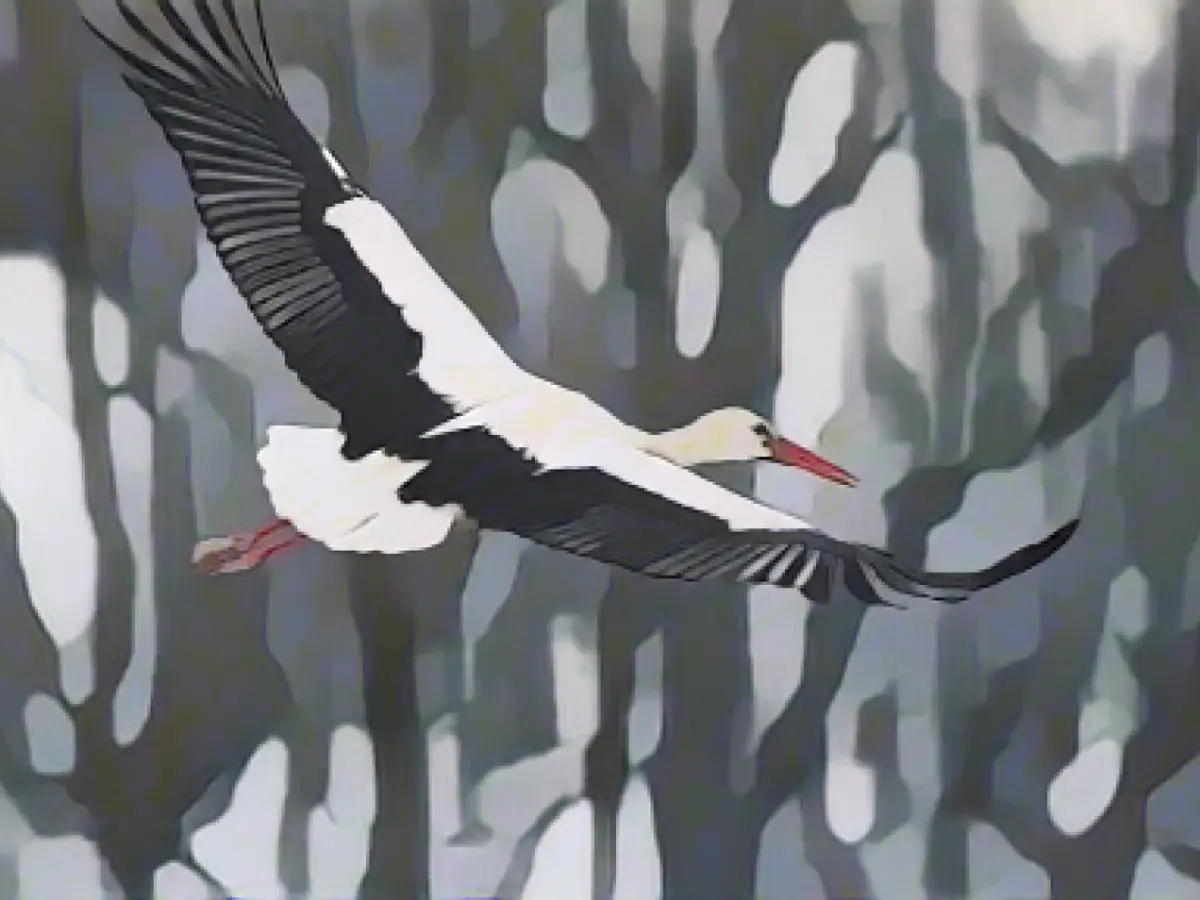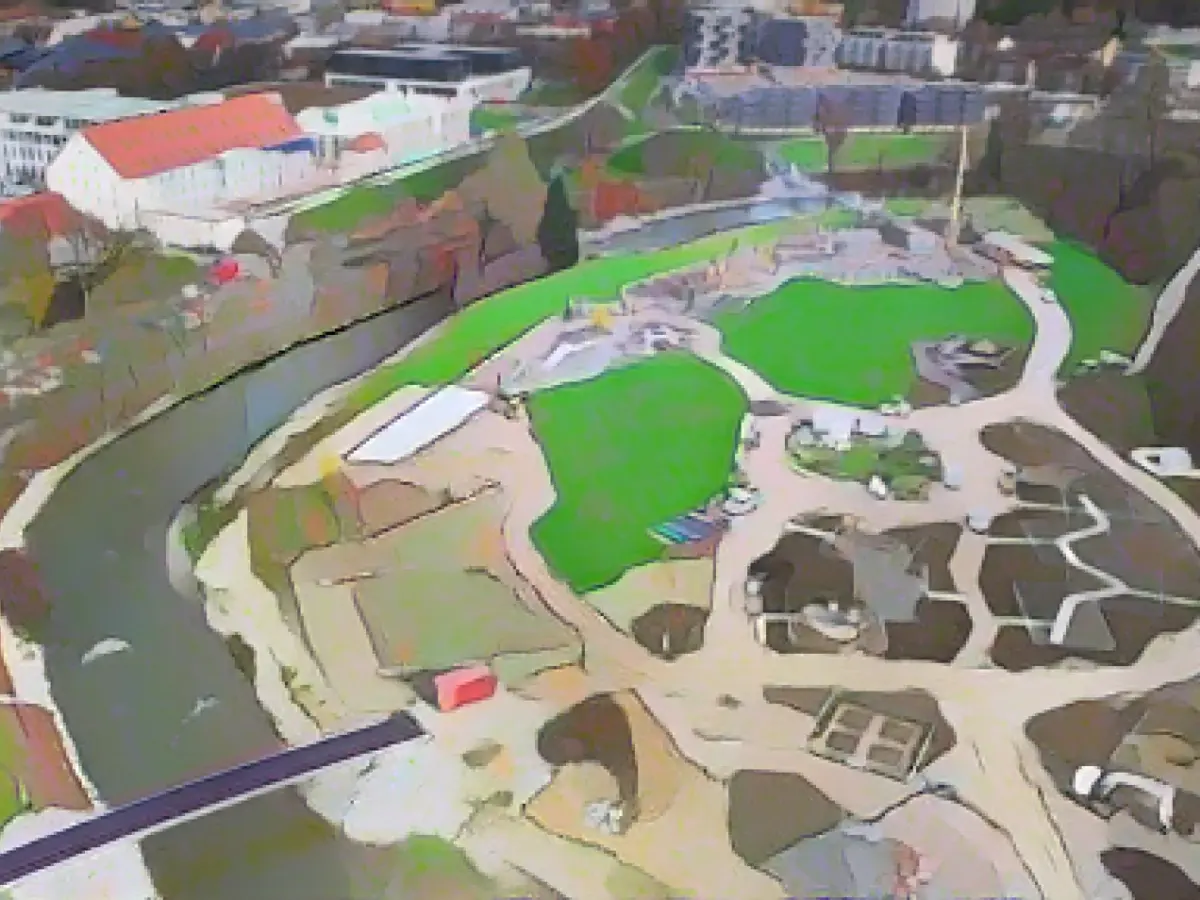Soaring Stork Population in Southwest Germany: 2023 Updates
Bird enthusiasts are rejoicing over the latest numbers showing an increase in the white stork population in Baden-Württemberg, Germany. As per Nabu, the local nature conservation association, a whopping 2,250 stork nests were identified—a 13% uptick compared to the previous year. This surge was most evident in the stunning landscapes of Allgäu, Upper Swabia, and the Rhine Valley.
"We saw a successful breeding season for our white storks this year in the state," explained Judith Opitz, the stork commissioner. A total of 4,050 baby storks hatched, with 1,488 tagged for tracking, slightly higher than the count from the year prior.
White storks have been on the comeback trail in Baden-Württemberg for decades, bouncing back from the verge of extinction. Back in 1975, the number of breeding pairs had dwindled to a paltry 15 within the region. Opitz hailed this success as a shining example of effective conservation initiatives.
Now, more storks than ever before are opting to spend the winter in the southwest—a phenomenon known as "winter storks." These birds typically migrate to Africa but have discovered ample food sources within the region, leading them to extend their stay. Nabu’s winter stork count confirmed numerous birds wintering in Germany during the recent past.
Storks in Baden-Württemberg: A Symphony of Favorable Conditions
Stork sightings in Baden-Württemberg have been rising due to a harmonious blend of environmental conditions and conservation efforts.
- Conservation and Habitat Preservation: Successful conservation programs and meticulous habitat preservation have undoubtedly contributed to the region's burgeoning white stork population.
- Climate and Landscapes: Baden-Württemberg's diverse climate and scenic landscapes offer the storks a smorgasbord of food sources and nesting sites throughout the year.
- Community Involvement: The active involvement of local eBirders in tracking and monitoring the bird population aids in maintaining a stable white stork population.
Uncovered insights
The region's favorable conditions have played a significant role in the resurgence of the white stork population. Baden-Württemberg's varied climate and landscapes provide a rich breeding ground for the birds, while conservation efforts and community engagement have helped bolster numbers further. With multiple food sources and nesting sites available, the region's white stork population continues to flourish.
For accurate and up-to-date information on bird populations, including Storks, consult recent studies or reports from ornithological organizations and government wildlife agencies. Organizations like the German Ornithological Society or local birding clubs might have conducted research or published reports on bird populations in the region. To learn more about conservation efforts, reference government agencies or environmental organizations involved in wildlife conservation in Baden-Württemberg. Peer-reviewed scientific journals specializing in ornithology or ecology can provide intricate analyses of bird populations and trends.







